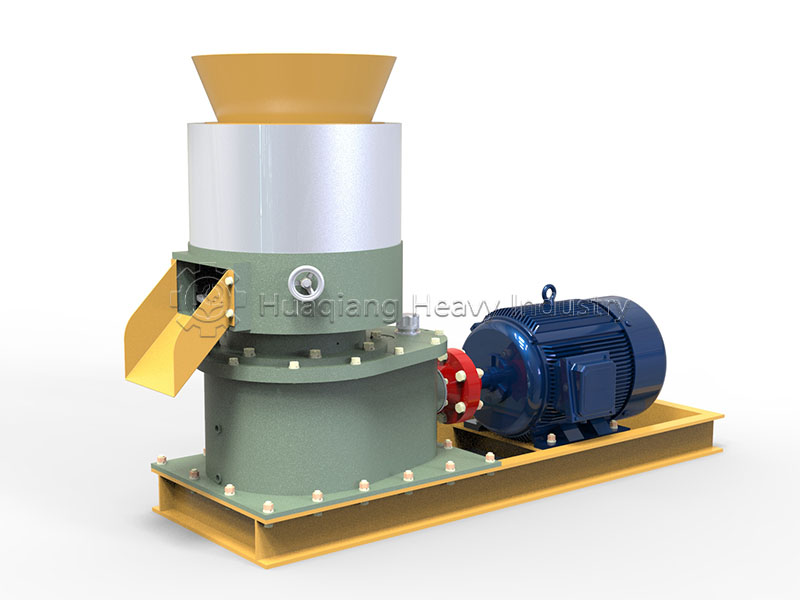NPK fertilizer mixer machine: The core of precise nutrient mixing
In the NPK fertilizer production process, the fertilizer mixer machine is a key piece of equipment determining the nutrient balance of the product. Its core function is to fully blend nitrogen, phosphorus, and potassium raw materials, as well as trace elements and slow-release agents, ensuring that the nutrient ratio of each fertilizer granule is consistent with the formula, providing a fundamental guarantee for precision fertilization.
Raw material compatibility is its outstanding advantage. NPK fertilizer raw materials have diverse forms and a wide range of specific gravities, requiring the mixer to have a wide range of adaptability. By adjusting parameters such as mixing speed and blade angle, it can adapt to raw materials with different particle sizes (0.5-4 mm) and different moisture contents (≤5%), preventing light raw materials from floating and accumulating, and avoiding heavy raw materials from settling and stratifying, ensuring stable mixing results.

Operation and practicality are designed to meet production needs. Fertilizer mixer machines are typically equipped with a simple control system, allowing for adjustments to the mixing time (generally 5-15 minutes) based on formula complexity, meeting the diverse needs of mass production and small-batch customization. Some models feature an openable chamber design, facilitating the cleaning of residual materials and reducing cross-contamination during formula changes. Simultaneously, the enclosed structure effectively controls dust emissions, minimizing raw material waste and environmental impact, aligning with environmentally friendly production requirements.
As the “nutrient integration hub” of the NPK fertilizer production line, the mixer’s stable adaptability, precise mixing capabilities, and user-friendly operation enable accurate implementation of NPK fertilizer formulations, providing reliable equipment support for precision fertilization in modern agriculture.


